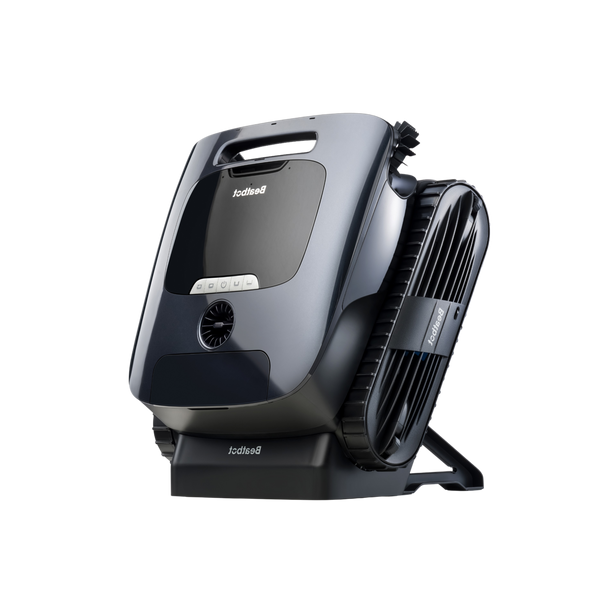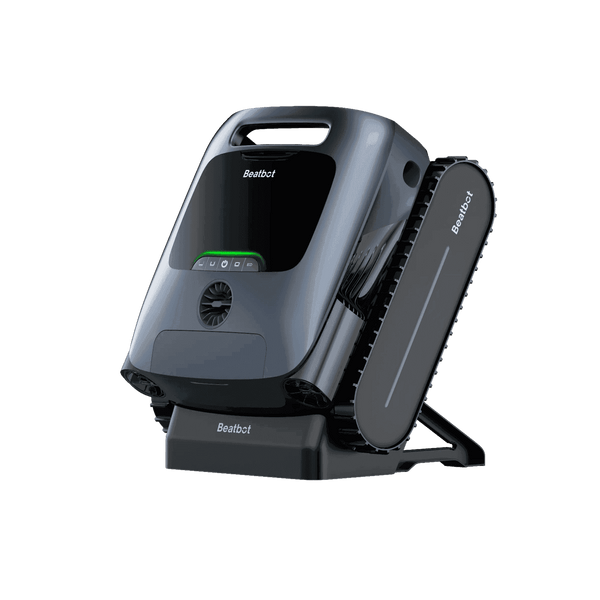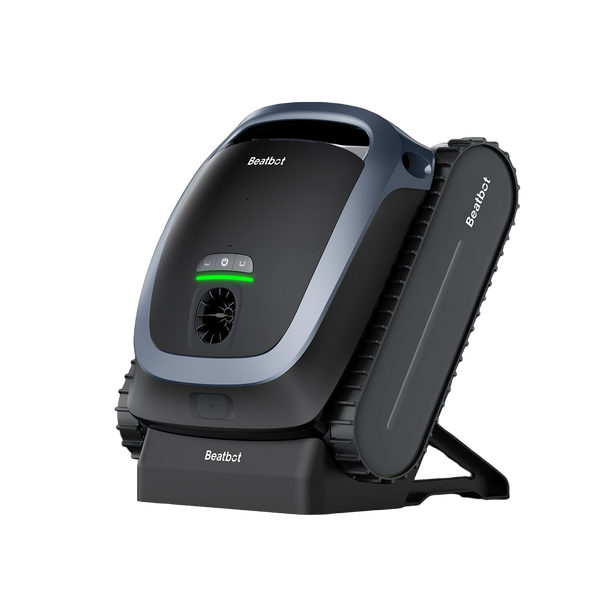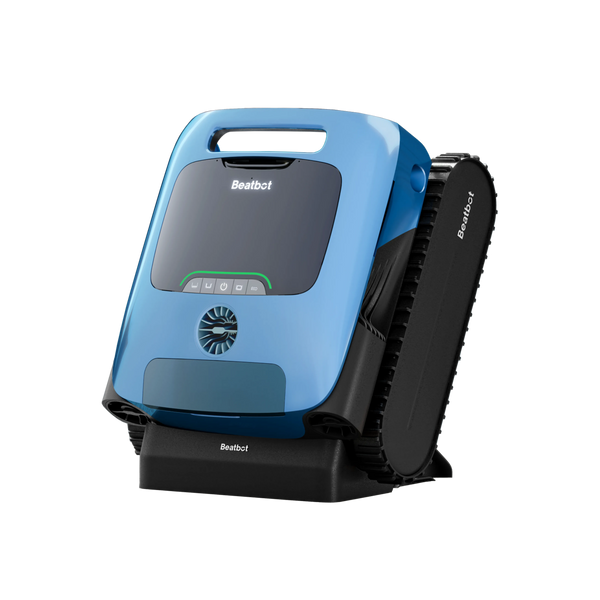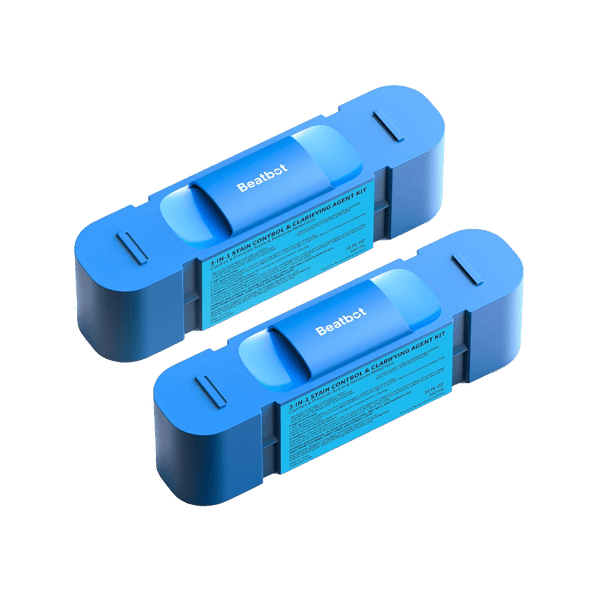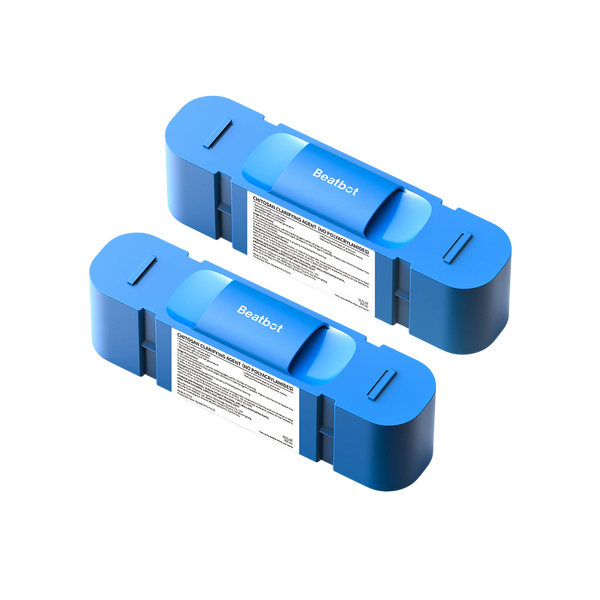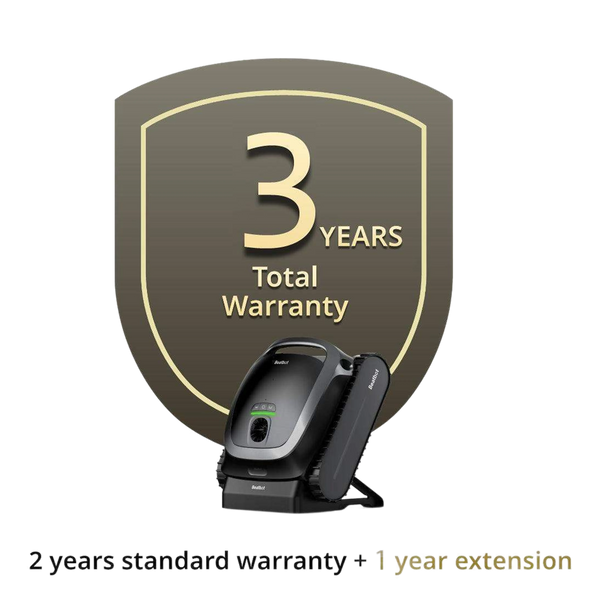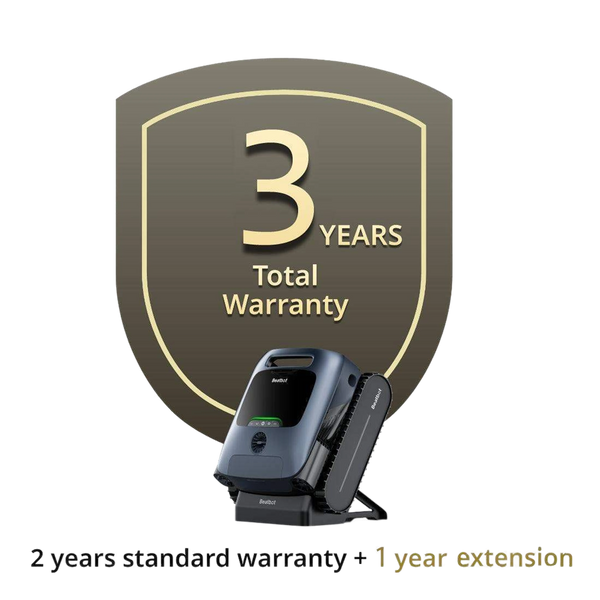Tackling Pool Water Test Interference Like a Pro
2025-03-27
I’m Nathanael Greene, a pool specialist with over 15 years of designing, building, and troubleshooting pools across Tampa’s steamy landscape. My passion kicked off with childhood swims in my granddad’s Georgia pool, growing into a career where I’ve wrestled test kits gone haywire—like the time I chased a purple pH reading back to sky-high chlorine. As a Beatbot blog writer, I’ve got the playbook to beat interference in pool water tests. Here’s how to nail accurate results, straight from my real-world fixes.

When Sanitizers Skew the Score
High chlorine or bromine—think 10-15 ppm or more—throws tests off; I’ve seen it bleach reagents blank. Color-matching goes pale, drop tests fade, and you’re left guessing pH or alkalinity. It’s the top gremlin—I’ve fought it more times than I can count—but other culprits sneak in too. Let’s break it down and fix it.
Color-Matching Chaos
Excess sanitizer bleaches DPD—I’ve stared at a blank cell, knowing chlorine’s there. If it’s loaded but looks empty, dilute: I’ve cut a 10ml sample to 5ml, topped it with 5ml pure water, and retested. Match the color to the chart—say, 2 ppm—then double it to 4 ppm for the real read. Rinse cells first; I’ve had DPD traces from a sloppy job skew a spa test once.
Drop Test Dilemmas
Drop tests handle 20 ppm sanitizer—I’ve titrated pink to clear with ease—but above that, bleaching hits. I’ve diluted a soupy sample, added indicator ‘til pink, then titrated ‘til colorless—counted 8 drops, doubled to 16 ppm, spot-on. Monopersulfate’s a sneak—mimics combined chlorine with a wild high reading. I’ve zapped it with deox reagent, retested, and saved a client’s panic.
Total Alkalinity Traps
Alkalinity’s green-to-red shift flops to blue-to-yellow with too much sanitizer—I’ve caught it on a community pool job. Grab a fresh sample, toss in 5 drops of indicator to nix halogens, and watch it turn right. I’ve dialed in 90 ppm this way—accurate, no fuss.
pH Test Pitfalls
Sanitizers over 15 ppm turn pH purple—I’ve dumped a test cell after that surprise. Clean it, grab new water, add one drop of thiosulfate—I’ve neutralized chlorine this way—and retest. Yellow or red’s your truth; overdo thiosulfate, and I’ve seen pH spike falsely. Old indicators flop too—I’ve swapped expired ones mid-job to keep it real. Poly(hexamethylene) biguanide quirks blue-to-yellow fine, but CYA over 30 ppm? I’ve cursed its blur.
Copper/Iron Confusion
Copper tests tank with iron overload—I’ve diluted a sample and pegged iron’s share with a digital reader after a wonky strip misled me. It’s precise when metals muddle.
Calcium Hardness Hiccups
Metal ions—copper, iron, manganese—from pipes or algaecides tint calcium tests purple or red—I’ve spotted it in a rusty old setup. New sample, 5-6 drops of titrant, then buffer and indicator—I’ve cleared the haze and hit 250 ppm clean.
